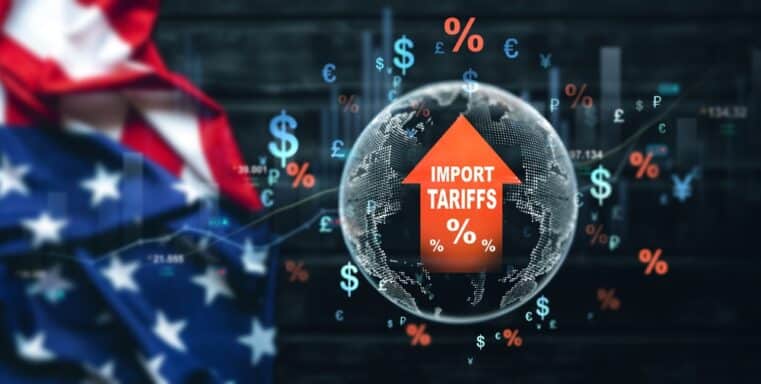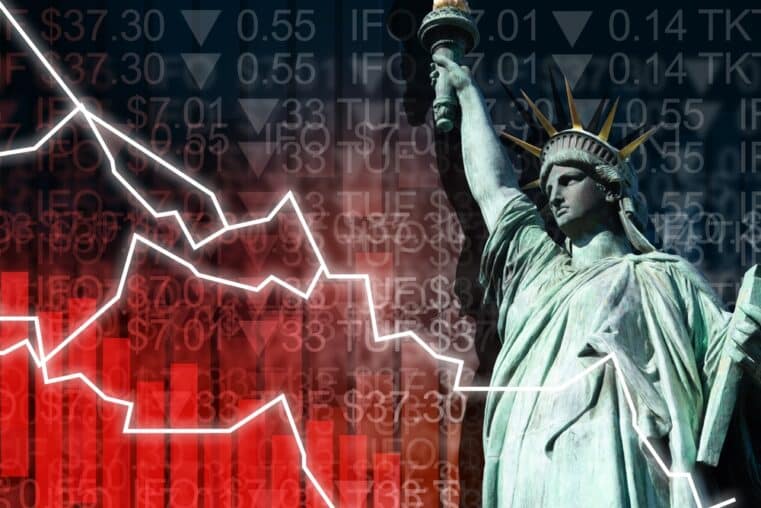
The Grim Forecast for 2025: Economic Uncertainty and Geopolitical Chaos
The Full Picture
Here we are, staring down the barrel of 2025, and the world’s chaos isn’t slowing down. Geopolitics? A disaster zone. Domestic politics? A circus act on fire. And the global economy? Well, let’s just say it’s a patchwork of rotten fabric with a few shiny spots desperately holding it all together.
Let’s unpack the geopolitical mess first. In 2024, the global power balance didn’t just shift—it cracked wide open. Russia is winning in Ukraine, defying Western forecasts and sanctions. The Israel-Hamas conflict has unleashed waves of destruction, spilling into Lebanon and beyond, while the so-called global order—if you can even call it that—continues to prove it’s nothing more than a toothless bureaucracy. No guardrails, no accountability, just raw power in play.
Meanwhile, Europe’s largest economies, France and Germany, are leaderless after government collapses. The European Union? Directionless. Across the Atlantic, Donald Trump’s re-election has set the stage for a seismic shift in U.S. politics. His administration promises to elevate a “counter-elite,” shaking up the entrenched establishment.
And then there’s the so-called “axis of convenience,” where China, Iran, North Korea, and Russia are banding together to dismantle Western dominance. This isn’t a Cold War 2.0—it’s something darker, more chaotic, and much harder to contain.
Economic Turmoil
The global economy is no sanctuary from the madness. Europe’s in freefall, buried under low growth and debt. China, once touted as the unstoppable dragon, is spiraling into “Japanification”—a toxic cocktail of demographic decline, debt overload, and a property market implosion.
Yet, somehow, stock markets are defying gravity. The S&P Index hit nearly 60 record-high closes last year. Why? Because the U.S. economy is still the golden goose—for now. Foreign capital keeps flowing in, bolstering the country’s tech-heavy investments in AI, life sciences, and defense. But let’s not mistake short-term success for long-term security.
The Federal Reserve isn’t the savior here, either. Despite market hopes, they didn’t slash rates as expected in 2024. Instead, they signaled tighter monetary policy for 2025, with higher long-term rates in the cards. That means more strain on businesses, consumers, and anyone holding debt.
The Road Ahead
Here’s the real kicker: even as the U.S. outshines other economies, the range of possible outcomes—growth, inflation, and global stability—has never been wider. Artificial intelligence, health care breakthroughs, and innovations in defense could be game-changers, but they’re not guaranteed saviors. On the flip side, economic fragmentation is accelerating.
Countries are already diversifying their reserves away from the U.S. dollar and experimenting with alternative payment systems. This isn’t just a threat to the dollar—it’s a challenge to U.S. global dominance. And as yields on ten-year government bonds creep toward 5%, financial markets may finally have to face the music.
The Federal Reserve will be stuck between a rock and a hard place:
- Let inflation run above target.
- Slam on the brakes and risk a recession.
Neither choice is appealing.
The Call to Action
2025 isn’t just another year—it’s a tipping point. Governments, markets, and ordinary citizens are all hurtling toward a future where old rules don’t apply. The question is: are you ready to navigate this storm?
Arm yourself with knowledge. Download Seven Steps to Protect Yourself from Bank Failure by Bill Brocius. Learn how to safeguard your assets before the cracks in the system swallow them whole.
Stay skeptical, stay vigilant, and, most importantly, stay free.











